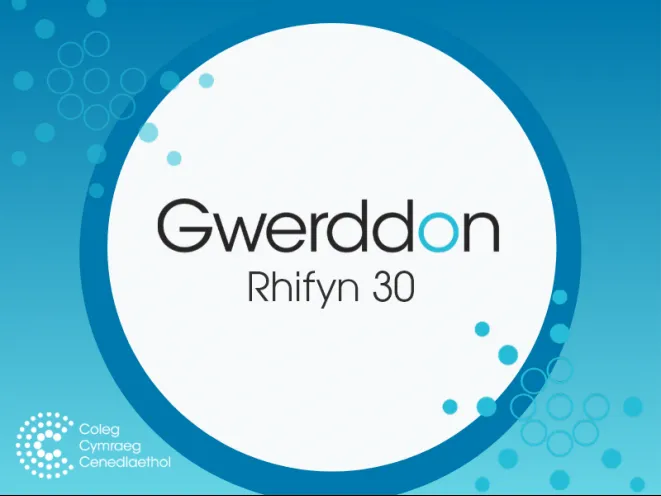The use of verbs of motion to express futurity is recognized cross-linguistically as an example of grammaticalization, whereby a construction changes over time to be less concrete and more grammatical. A number of historical and contemporary Welsh corpora are qualitatively analysed in order to identify the diachronic development of ‘mynd i’ (going to) to express the future in Welsh. Some examples of the grammaticalized form of ‘mynd i’ are found in texts from the sixteenth and seventeenth century, indicating that the grammaticalization process started at least 500 years ago, but the construction does not become prominent until the twentieth century. It is argued that this is an example of the influence of English grammar, where ‘BE + going to’ has also historically gone through a process of grammaticalization, and that an increase in bilingualism in Wales in the twentieth century has been a factor in normalising the grammaticalized form. A discussion is provided of how the situation of this Welsh construction informs our knowledge of the effect of language contact on grammaticalization.
(Historical and contemporary use of mynd i (go to) in Welsh: A study of grammaticalization as language change)
Documents and links:

Feedback
Don't see what you want? Problem with the files? Do you have a suggestion? Send your feedback to us.

